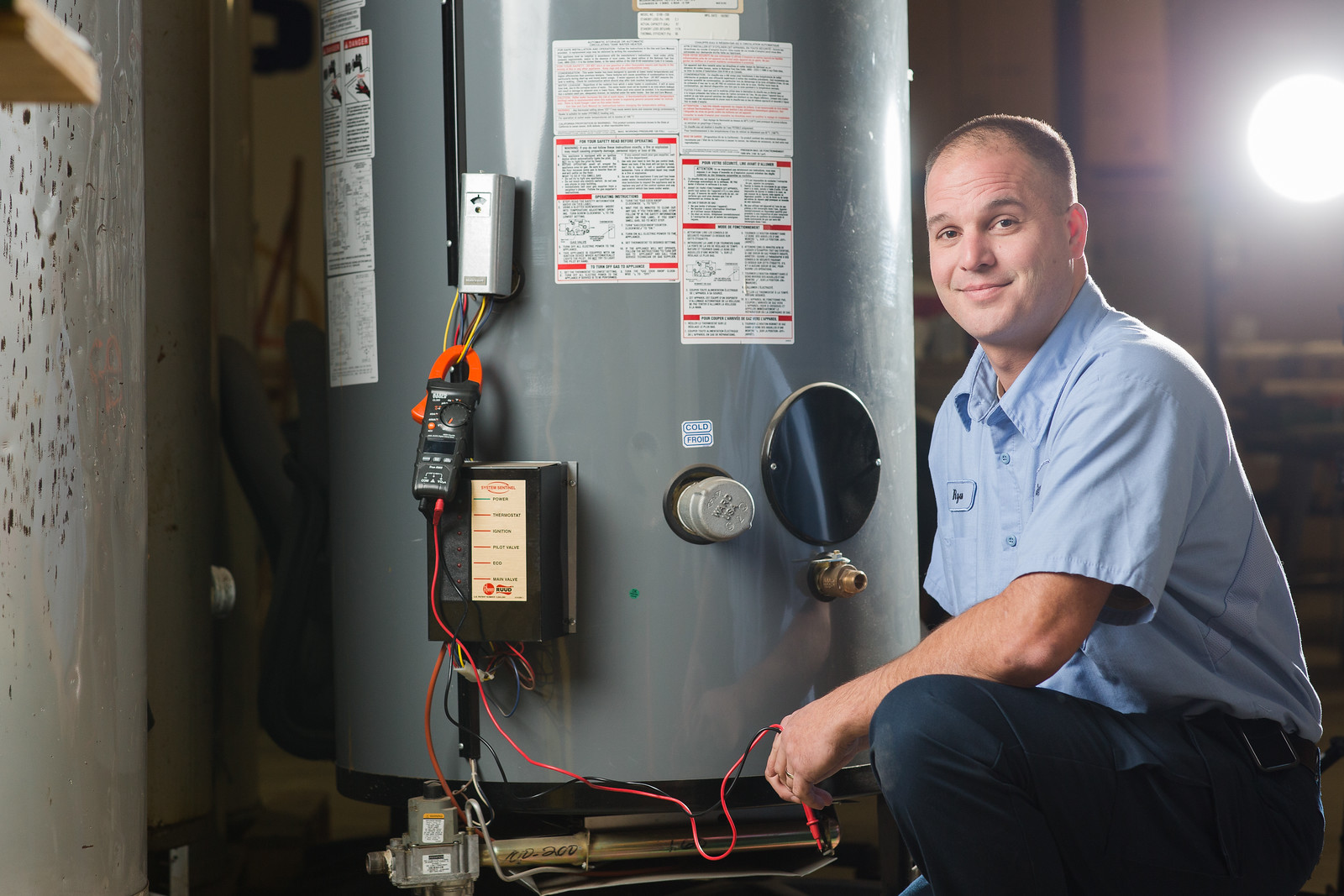Maintaining Your Home's Hot Water System: Essential Tips
Maintaining Your Home's Hot Water System: Essential Tips
Blog Article
This article down below relating to Water Heater Maintenance Tips You Can't Afford to Forget is quite enlightening. Read on and make your own personal findings.

Warm water is important for everyday convenience, whether it's for a refreshing shower or cleaning dishes. To guarantee your hot water system runs effectively and lasts longer, routine upkeep is essential. This article provides sensible suggestions and understandings on exactly how to preserve your home's warm water system to avoid interruptions and costly repair services.
Intro
Keeping your home's hot water system could seem difficult, yet with a few easy steps, you can guarantee it runs efficiently for several years to come. This guide covers every little thing from recognizing your warm water system to do it yourself upkeep tips and understanding when to employ specialist aid.
Importance of Maintaining Your Hot Water System
Normal upkeep not only prolongs the life-span of your hot water system but also ensures it operates effectively. Disregarding upkeep can result in reduced performance, greater energy expenses, and also early failing of the system.
Indicators Your Warm Water System Needs Maintenance
Understanding when your warm water system requires focus can prevent major problems. Watch out for indicators such as irregular water temperature, strange noises from the heating unit, or rusty water.
Comprehending Your Warm Water System
Prior to diving into maintenance tasks, it's helpful to comprehend the fundamental elements of your warm water system. Commonly, this includes the water heater itself, pipelines, anode poles, and temperature controls.
Monthly Maintenance Tasks
Routine month-to-month checks can help catch small concerns prior to they rise.
Flushing the Water Heater
Flushing your hot water heater gets rid of debris buildup, improving efficiency and extending its life.
Checking and Changing Anode Rods
Anode poles protect against corrosion inside the tank. Inspecting and replacing them when worn is essential.
Inspecting and Readjusting Temperature Level Setups
Changing the temperature settings guarantees optimal performance and safety and security.
DIY Tips for Maintenance
You can perform several maintenance jobs on your own to keep your hot water system in top problem.
Checking for Leaks
Routinely evaluate pipes and connections for leakages, as these can bring about water damages and greater costs.
Testing Pressure Relief Valves
Evaluating the pressure safety valve guarantees it functions appropriately and stops extreme pressure build-up.
Protecting Pipelines
Shielding hot water pipes lowers warm loss and can conserve power.
When to Call a Specialist
While do it yourself maintenance is beneficial, some problems require specialist expertise.
Complicated Problems Requiring Specialist Assistance
Examples include significant leaks, electric troubles, or if your hot water heater is regularly underperforming.
Routine Specialist Upkeep Advantages
Professional upkeep can consist of extensive inspections, tune-ups, and making certain conformity with safety standards.
Final thought
Normal upkeep of your home's hot water system is essential for performance, longevity, and expense savings. By adhering to these ideas and understanding when to look for expert aid, you can guarantee a trusted supply of hot water without unanticipated disruptions.
How to Maintain an Instant Hot Water Heater
Before tinkering with your hot water heater, make sure that it’s not powered on. You also have to turn off the main circuit breaker and shut off the main gas line to prevent accidents. Also turn off the water valves connected to your unit to prevent water from flowing into and out of the appliance. 2. When you’re done, you have to detach the purge valves’ caps. These look like the letter “T†and are situated on either side of the water valves. Doing so will release any pressure that has accumulated inside the valves while at the same time avoid hot water from shooting out and burning your skin. 3. When the purge valves’ caps are removed, you have to connect your hosing lines to the valves. Your unit should have come with three hoses but if it didn’t, you can purchase these things from any hardware or home repair shops. You can also get them from retail stores that sell water heating systems. Read the user’s manual and follow it to complete this task properly. When the hosing lines are connected, open the purge port’s valves. 4. You should never use harsh chemical cleaners or solutions when cleaning your unit. Make use of white vinegar instead. It should be undiluted and you’ll probably use about 2 gallons. 5. Now flush your water heater. This task should probably take about 40 minutes. We can’t give you specific directions for this because the procedure is carried out depending on the type, model and brand of your heater. With that being said, refer to the user’s manual. 6. When you’re done draining the unit, you have to turn off the purge port valves again. Remove the hosing lines that you earlier installed on each of the water valves. Put the valve caps (purge port) back in their respective places and be very careful so as not to damage the rubber discs that are found inside these caps. 7. Now that everything’s back in place, check your user’s manual again to find out how to reactivate your water heating system. 8. Once it is working, turn one of your hot water faucets on just to let air pass through the heater’s water supply pipes. Leave the tap on until water flows smoothly out of it. https://www.orrplumbing.com/blog/2014/september/how-to-maintain-an-instant-hot-water-heater/

Hopefully you enjoyed reading our excerpt about Tips on Maintaining a Water Heater. Thank you for taking the time to read our piece. Sharing is good. Helping people is fun. I am grateful for being here. Kindly come visit our site back soon.
Schedule And Pricing Report this page